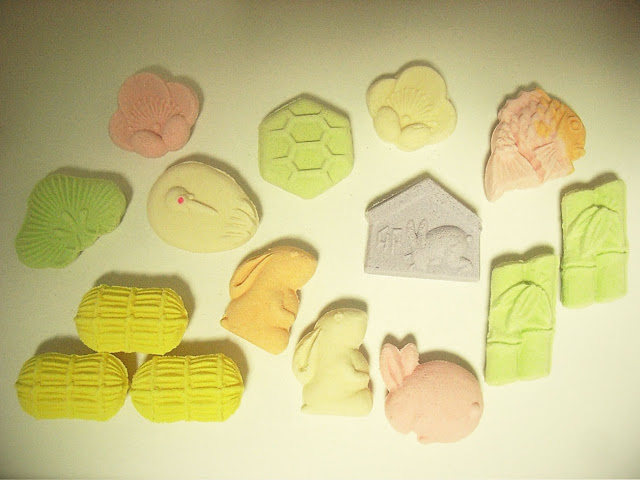I visited Meiji Shinto shrine in Harajyuku on New Year's Day.
元旦の日に原宿にある明治神宮へ初詣に行った。
It was noon on New Years Day, so there were many people.
元旦の昼だから人でいっぱい。
Maybe I might have waited about a hour.
一時間くらいは並んだかも。
But, It's good for various people to pay homage at a shrine for New Year, are good.
でも、色んな人が新年のお参りをする姿っていい。
I braced myself to start a New Year again.
一年がまた始まったと身を引き締められる。
I don't have an especial religion. But, I like the way of Japanese thinking that cherish a lot of gods without religions.
私は無信教だけど、宗教関係なく八百万の神を大切にしようとしてきた日本の考え方は好き。
So, people enjoy various events like this in a party mood.
だから皆こうして色んな行事をお祭りのように楽しめる。
Anyway, people gathered yet.
それにしても、まだまだ集まる。
Harajyuku is worthy to be popular. There's no break even during New Year's.
さすが原宿。元旦も休みなし。















